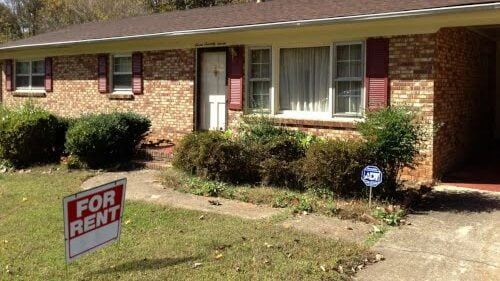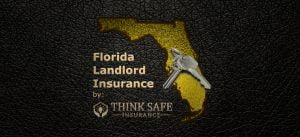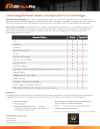Are you looking at different quotes and confused about DP-3 vs DP-1 quotes? As a landlord, protecting your rental property is a top priority. One of the best ways to do this is by purchasing the correct landlord insurance. For most situations, the DP-3 is going to be the better coverage. Although it’s more expensive, there are some important things that it includes that DP-1 doesn’t.

How are DP-3 and DP-1 Insurance Policies Similar?
On the surface, these policies may look very similar. They both primarily cover rental properties. (Homeowner’s is usually written on an HO-3 insurance policy when it’s owner occupied.) You will usually see the following coverages on each:
- Coverage A – Dwelling
- Coverage B – Other Structures
- Coverage C – Personal Property (Usually very low limits as most rentals are unfurnished.)
- Coverage D – Loss of Use or Fair Rental Value
- Coverage E – Liability
- Coverage F – Medical Payments
So if the coverages are all the same and the limits are all the same numbers, what’s the difference right? The DP-1 policy is way cheaper, why wouldn’t I just get that? It is important to understand the differences between these two types of insurance policies, as the coverage they provide can have a significant impact on your financial well-being.
The Primary Differences in DP-3 vs DP-1 Insurance Policies
- Open Perils vs Named Perils
- Several Key Peril Differences
- Loss Settlement: Replacement Cost vs Actual Cash Value
DP-3 insurance, also known as a Special Form Homeowner’s policy, is an open peril policy with certain specific exclusions. Make sure to review the exclusions. Most DP-3 policies have similar exclusions to a regular home policy, but terms vary by company and location. DP-3 insurance policies provide replacement cost coverage, which means that your policy will pay for the cost new for damages from a covered peril, rather than paying the depreciated market value.
DP-1 insurance, also known as a Basic Form policy, is a more limited type of property insurance policy compared to DP-3 insurance. DP-1 insurance policies are a named peril policy, which means if it doesn’t specifically say that it’s covered, then it isn’t covered. A few of the big perils that are usually missing on DP-1 policies is water damage and falling objects. Additionally, DP-1 insurance policies may not provide replacement cost coverage, meaning that you will only receive the depreciated value for your rental property if it is damaged or destroyed.
Cost of DP-3 vs DP-1
DP-3 insurance policies are generally more expensive than DP-1 insurance policies due to the broader coverage they provide. However, the exact cost of your policy will depend on several factors, including the value of your rental property, the coverage limit you choose, and the location of your property. It is important to compare insurance quotes from several insurance companies to determine which policy is the most cost-effective for your rental property, and definitely make sure that you know which type of policy you’re comparing.
Conclusion:

In conclusion, DP-3 and DP-1 insurance are two different types of property insurance policies, and there are several key differences. Due to the limitations on water damage, falling objects and loss settlement potentially being depreciated, a DP-3 is almost always the right choice. However, our team at Think Safe Insurance is here to help with any questions, quotes, or comparisons that you need help with when choosing the right policy.
Give us a call at 813-425-1626 or request a quote online.


